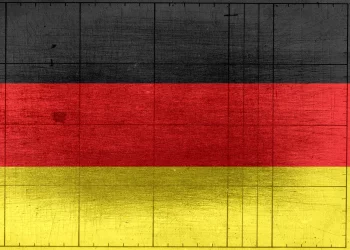
Those of you who consider enrolling in business and management programmes may be eager to delve deeper into the question of how the value of something is determined and how choices are made. This paradox can help you approach some questions correctly on B-school aptitude tests such as the GMAT and GRE.
In this video from TED Ed, TED’s education initiative, Akshita Agarwal provides a short but absorbing overview of Adam Smith’s “paradox of value.”
Smith, considered the father of modern economics, describes the valuation contradiction by comparing the high value of a diamond, which people hardly need for survival, with the low value of water, which is essential for plant and human life.
“Exchange value” vs “use value”
In normal circumstances, most people will undoubtedly choose the diamond if presented with a choice between it and a bottle of water. Things are different, however, if you are dehydrated in the desert – picking a diamond over a bottle of water would no longer make sense. According to Smith, the paradox arises from the difference between “exchange value” - what you could obtain from an item at a later time, and “use value” - which indicates how helpful the item is the current situation. So the “use value” matters much more when you are in an emergency like the desert scenario.
Opportunity cost
To further describe the complexity of making a decision, the video introduces the term “opportunity cost,” which refers to what we lose by choosing one option over the other. For example, candidates applying for a full-time MBA programme must be aware of the opportunity cost of such an endeavour, which in their case is the loss of income after they quit their jobs to dedicate most of their time to studying.
Check out: How Statistics Can be Misleading (Video)
The utility concept
Bearing all these considerations in mind when making a choice might seem confusing. Modern economists, however, contend that it’s quite simple -- the value people place on a thing can be measured by the amount they are willing to pay for it. The value measured this way refers to the total satisfaction received from consuming a product or service, which is also known as the "utility" concept.
The video also explains the “marginal utility” and “diminishing marginal utility” concepts and more, in a way that is easily understandable thanks to simple, everyday-life examples nicely visualised and brought to life by professional animators. The TED Ed lesson offers a comprehensive summary of the “paradox of value” and is especially useful for those of you who are interested in the fields of business and management.


Comments